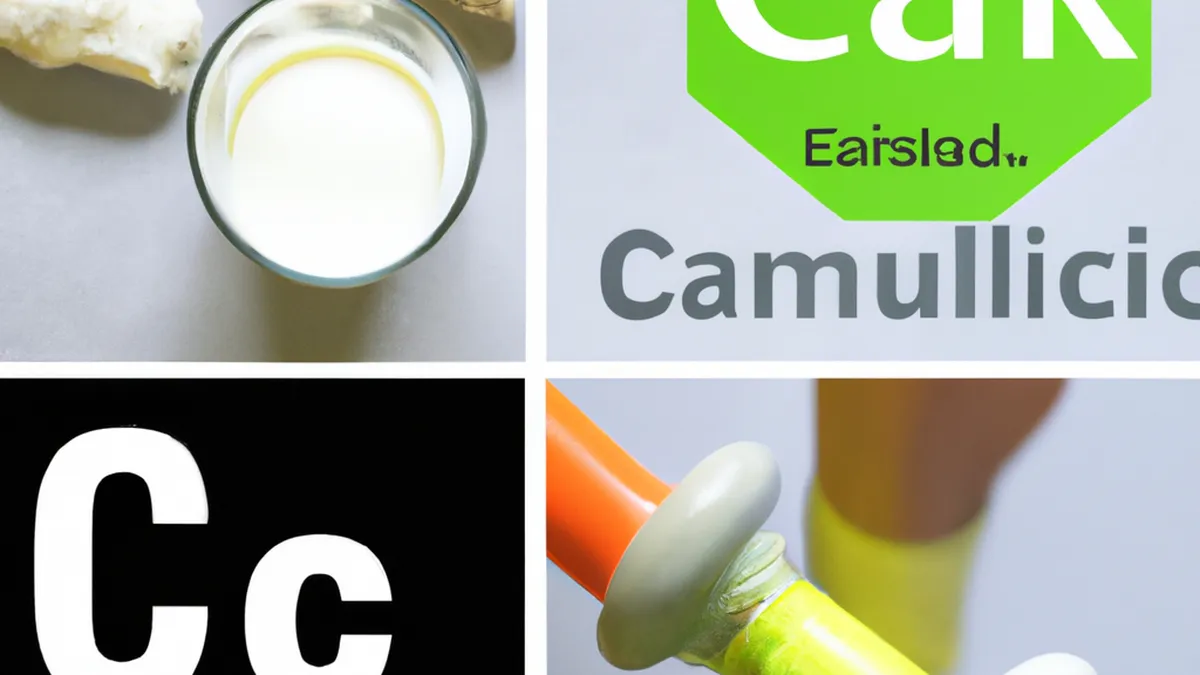Rebuild Strength After Injury with These Tips
Post-Injury Return-to-Play Protocols: A Comprehensive Guide for AthletesAthletes face challenges when returning to play after an injury. They may experience physical limitations and mental hurdles. A structured return-to-play protocol helps ensure a safe and effective transition. This guide outlines the importance of these protocols, the involved steps, and the benefits of following them.
Understanding Return-to-Play Protocols
Return-to-play protocols guide athletes as they transition back to their sport after an injury. These guidelines ensure safety, prevent re-injury, and support mental and physical adjustments. Typically, they include medical evaluations, physical rehabilitation, and sport-specific drills tailored to individual needs.Recovery paths vary based on injury type, severity, and sport. For example, a football player with a knee injury may follow a different protocol than a gymnast with a wrist injury. Understanding these protocols provides a safety-focused framework.
The Importance of Medical Evaluation
Before resuming physical activity, athletes must undergo a thorough medical evaluation. This assessment serves several essential purposes:1. **Readiness for Activity**: Medical evaluations help determine the athlete’s capability to return. They assess healing and identify lingering issues affecting performance.2. **Customized Recovery Plans**: Medical professionals tailor rehabilitation plans to the athlete’s specific needs. This individualized approach ensures appropriate care and guidance.3. **Ongoing Monitoring**: Regular check-ins with healthcare providers allow monitoring of progress and necessary adjustments. Ongoing support helps prevent setbacks.Rushing back without medical clearance can lead to severe consequences. Athletes must prioritize this step in their recovery process.
Gradual Progression in Rehabilitation
Athletes should follow a gradual progression during rehabilitation. They can start with low-impact activities to reintroduce movement safely. For example, an athlete recovering from a lower body injury might begin swimming or cycling. These activities allow cardiovascular conditioning without high impact.As athletes progress, they can incorporate strength training and sport-specific drills. This gradual increase helps rebuild strength, flexibility, and coordination. Key considerations include:- **Listening to the Body**: Athletes must pay attention to their bodies during rehabilitation. If pain arises, they should consult their healthcare provider.- **Setting Incremental Goals**: Establishing small, achievable milestones maintains motivation and fosters a sense of accomplishment.
Conclusion
As an Amazon Associate I earn from qualifying purchases.
Gear tip: consider football, no slip headbands, and resistance loop bands to support this topic.
Following return-to-play protocols ensures athletes safely resume their sports. Prioritizing medical evaluations and gradual rehabilitation aids recovery and enhances performance.
Below are related products based on this post:
FAQ
What are return-to-play protocols?
Return-to-play protocols are structured guidelines that help athletes transition back to their sport after an injury. These protocols ensure safety, prevent re-injury, and support both mental and physical adjustments through medical evaluations, rehabilitation, and sport-specific drills.
Why is a medical evaluation important before returning to play?
A medical evaluation is crucial as it determines an athlete’s readiness for activity and assesses any lingering issues that may affect performance. It also allows healthcare professionals to create customized recovery plans tailored to the athlete’s specific needs.
How should athletes approach rehabilitation after an injury?
Athletes should follow a gradual progression during rehabilitation, starting with low-impact activities to safely reintroduce movement. As they progress, they can incorporate strength training and sport-specific drills, while listening to their bodies and setting incremental goals to maintain motivation.















Post Comment